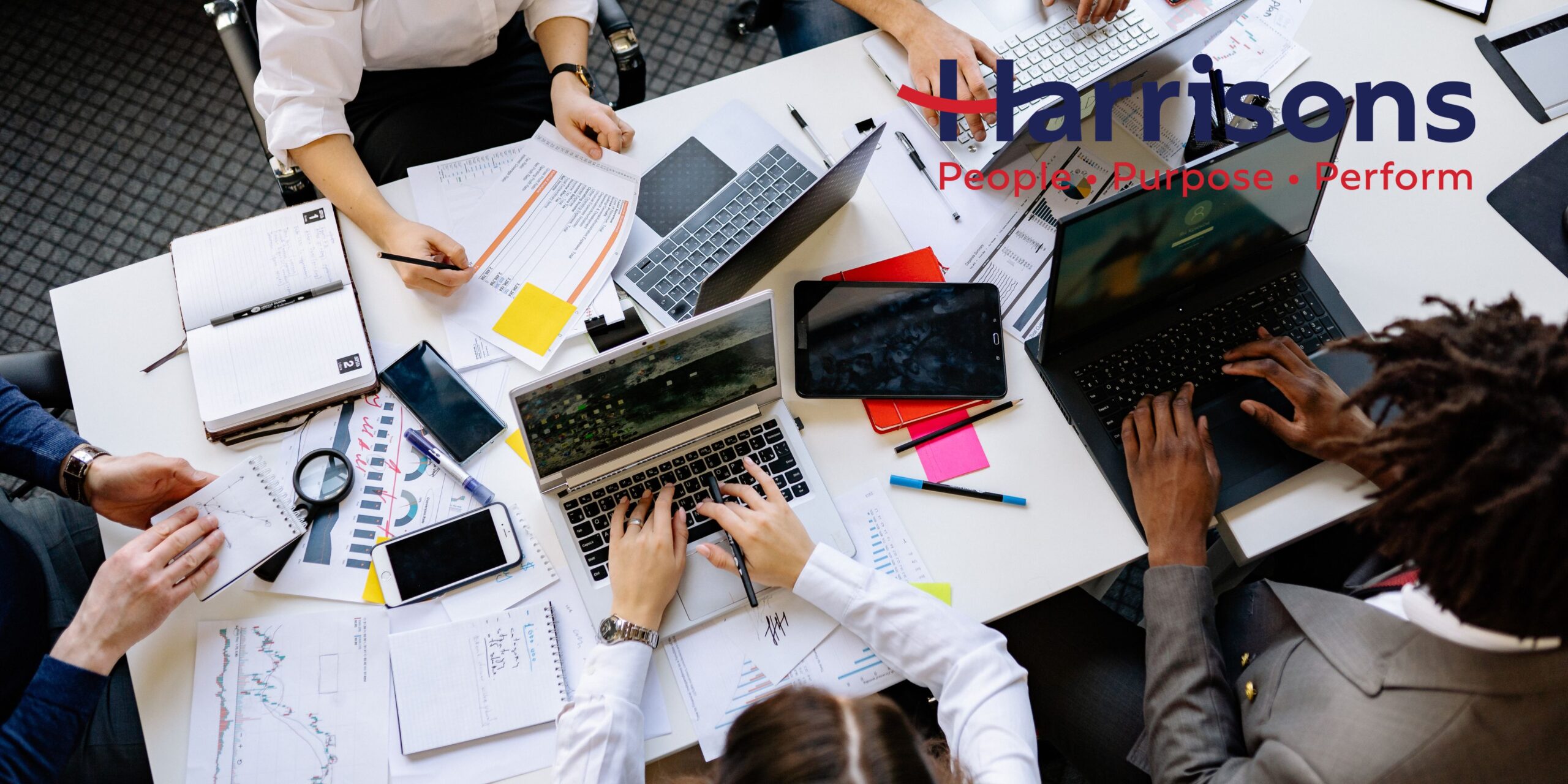My first job in HR was as a HR administrator in BHP’s corporate offices. My role was to greet visitors, answer and direct phone calls, prepare basic employment-related correspondence and maintain the HR information system. On top of this, I did what felt like an enormous amount of filing of personnel documents!
Within a few months, my manager saw that my potential was promising. She had me start doing induction meetings with new employees. Next, I began to do behavioural event interviewing training.
Within 12 months, I was promoted to HR officer, leaving the dreaded filing work behind. I loved the new position – it constantly challenged me. I learnt from new experiences such as working on BHP’s national finance graduate recruitment program or coordinating our attendance at career open days and information sessions. I felt that BHP could see my potential and, with each new growth opportunity, I became stronger in my role.
Of course, my story isn’t unique, but it does highlight an employee development approach that’s worth imitating.
Do you have a plan to ensure you reward and recognise high performers? Are you prepared to develop your people so they’re ready for current and future business needs?
The following suggestions will help you form a plan or validate your existing approach.
- Identify the capabilities required. What capabilities does your organisation need to deliver on its business plan? How will these change over time? Identify by team and functional area and document (in position descriptions). There are 4 capability areas you’ll want to explore:
- Technical skills
- Behaviours
- Experience
- Qualifications
- Assess current capabilities. Assess your current employee capabilities, making sure to do the following:
- Review employee records to check for qualification, experience, etc
- Conduct interviews/surveys with each employee
- Conduct psychometric assessments
- Analyse the capability gap. Using the information you’ve gathered in the above two steps, compare the requirements against existing employees’ actual capability. The difference is your capability gap. Gaps can be large (demanding a new role) or quickly closed with training and development. If gaps are left unaddressed, they tend to grow over time.
- Develop a training and development plan. Now, you need a plan to address your current and future gaps. When considering strategies, remember that standard training programs are just one of many options – and often not the most suitable. The downside of training programs is that unless a participant uses the newly acquired knowledge immediately, they will lose it. If you go down this route, immediately following the training, assign a task to the employee to use their new skill. Other training and development options include:
- Buddy or mentoring programs
- Special projects
- Higher duties
- Job rotation
- Writing or testing operational procedures
- Job swaps
- Secondment to other teams or companies (such as customers or partners)
- Supplier product training
- Books, podcasts, videos
- On-the-job training
- Build a learning environment. As a leader, your role is to foster an environment of learning, innovation and continuous improvement. To do so:
- Provide time for employees and teams to reflect on what’s been done and what improvements they would like to see
- Be open, listen and encourage people to bring ideas to you
- Develop a formal forum to facilitate this information sharing
Allow employees to test their ideas for new products or service offerings by developing a business case they can submit to the leadership team. Encourage every person to look for new and better ways of doing their job. Reward and recognise employees who develop and implement innovative ideas that benefit the business in large or small ways. Your intellectual property is one of your most important assets, so ensure you have a system in place to capture and protect it.
- Create career pathways. Sit down and talk to employees about their career plans. When they tell you about their long-term goals, ask them what they will do to get from here to there. Encourage your employees to take ownership of their career and development.
Now you have some ways to grow you people, try our free online Best Workplace Assessment. Discover your score across the 6 pillars of a high-functioning organisation.
Claire Harrison is the Founder and Managing Director of Harrisons, a flourishing HR consulting business that sprouted in 2009 from Claire’s passionate belief that inspiring leaders and superstar employees are the key success factor to any business. With over 20 years’ experience, Claire has worked as a HR Director of multi-national organisations, as a Non-Executive Board Director, and a small business owner. Claire’s corporate career includes working with companies such as BHP, Westpac, Fonterra and Mayne Nickless.




